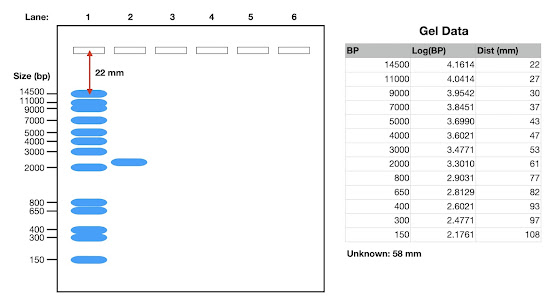OK, so that is a wrap on DNA, a topic of immense significance in the world of biology and genetics.
Over the past few weeks, I have released fourteen revision videos on DNA, with accompanying posts on here and with information sheets accompanying each video (you can find a link to the information sheets in the links below).
In the videos, I have covered:
- DNA and Genes - I looked at how many genes does a human have? Do we have more genes than a plant? Do larger organisms, such as trees, have more genes than humans?
- Genetics and Mendel — DNA, genes, dominant and recessive traits - I introduced recessive and dominant genetic traits and Gregor Mendel, an Austrian scientist and Augustinian friar known as the "father of modern genetics"
- How long is the DNA in a human cell? - in this video, I had some fun with the structure of DNA and maths and showed how long the DNA is in one cell.
- DNA Packaging - how do we package DNA into the nucleus? - and in this video, I looked at how we can pack the surprisingly long DNA molecules we find in all cells, into the relatively small space of the nucleus.
- DNA replication: How does a cell make a copy of its DNA?
- DNA repair: How can DNA become damaged in the cell?
- DNA repair: DNA Repair - BER, direct, proofreading, HR, MMR, NHEJ and NER
- DNA Recombination and Holiday Junction: The Key to Genetic Variation
- Transcription - making proteins from DNA - the mRNA
- Translation - making proteins from DNA - decoding mRNA to make the protein
- DNA Cloning - how do we clone DNA in the lab?
- DNA Cloning - how to overcome some common problems
- Understanding Nucleic Acid Hybridisation: Methods & Applications Explained
If you would like to support my blogging efforts, then please feel free to buy me a coffee at https://www.buymeacoffee.com/drnickm
Additional Reading
The video was produced with help from the following resources:
- 📗 - The Biosciences Glossary
- 📗 - Molecular Biology of the Cell (Alberts) - (affiliate link)
- 📗 - Molecular Cell Biology (Lodish) - (affiliate link)
- 📗 - Biochemistry (Stryer) - (affiliate link)


